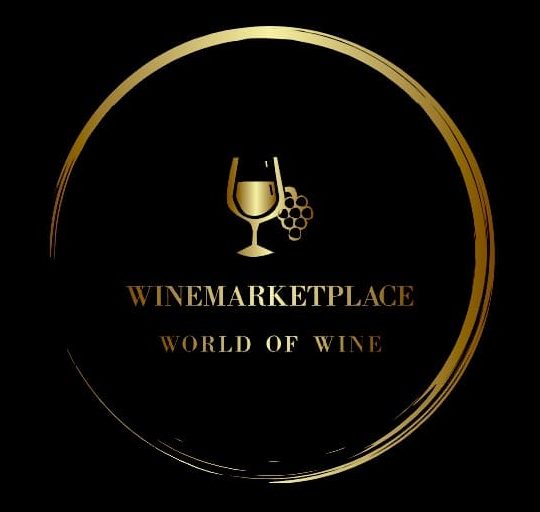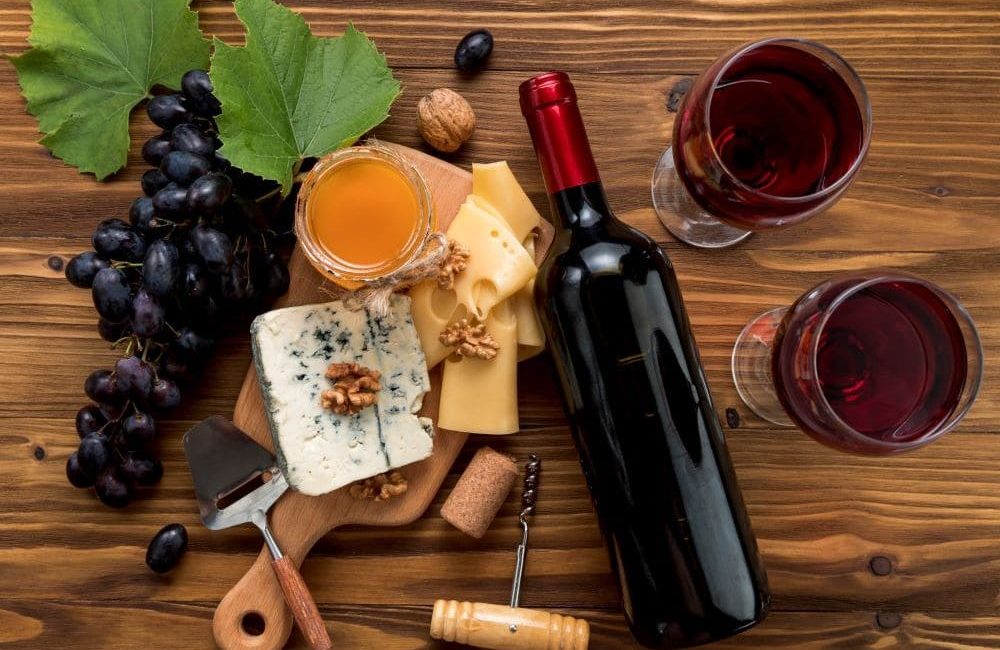
The wine market in 2025 is expected to navigate several evolving trends and challenges, reflecting shifts in consumer preferences, economic conditions, and industry strategies. Here are key insights:
- Sustainability and Natural Wines: Consumers increasingly value environmentally friendly practices. Organic and biodynamic wines are growing in demand, driven by a focus on sustainability and health-conscious choices
- Diversification of Origins: While traditional European regions like France, Italy, and Spain maintain dominance, wines from newer regions such as Chile, Argentina, and Greece are gaining traction. This reflects a growing curiosity for unique flavors and competitive pricing
- Low-Alcohol and Flavored Wines: As part of a broader health trend, low-alcohol and flavored wines are becoming popular, especially among younger drinkers like Gen Z. This includes fruit-based wines and wine cocktails
- Oversupply Issues: The industry is dealing with a surplus of wine due to pandemic-era overestimations of demand. By 2025, destocking efforts will likely stabilize the market, with clearer insights into consumer behavior and inventory needs
- Premiumization and Storytelling: Authenticity, linked to regional heritage or artisanal methods, is a major selling point. Consumers are willing to pay more for wines that convey a compelling story
- Packaging and Formats: While glass bottles remain the standard, alternative packaging like cans is less popular in some markets. Screw caps are growing in use for their practicality
As 2025 unfolds, the wine industry will balance its rich traditions with innovations to meet evolving preferences, positioning itself for gradual recovery and long-term growth.




